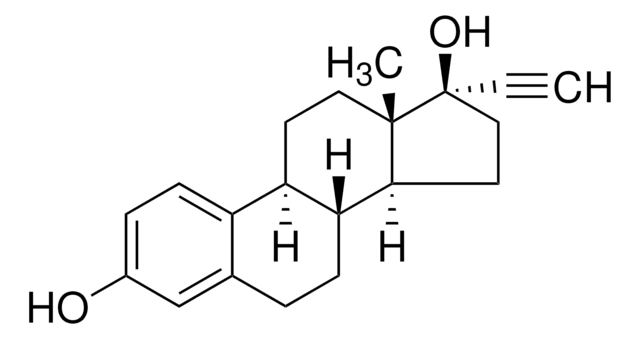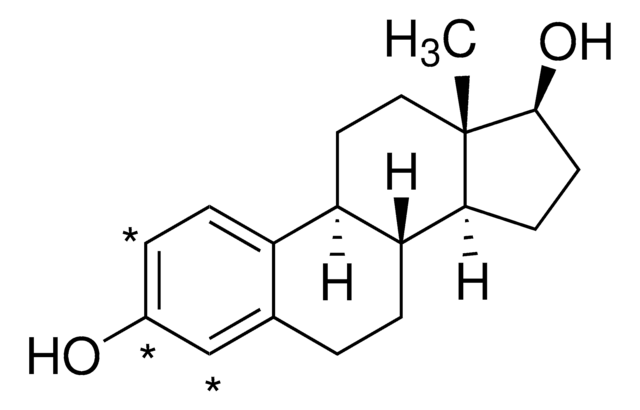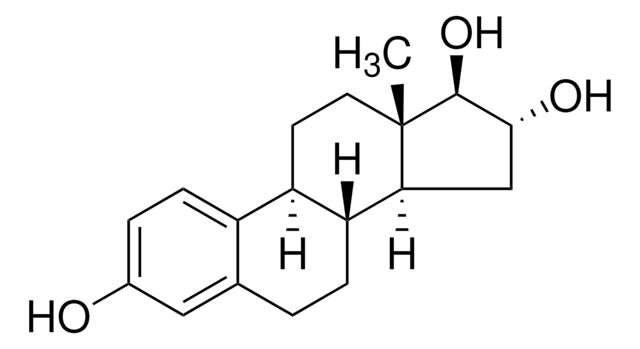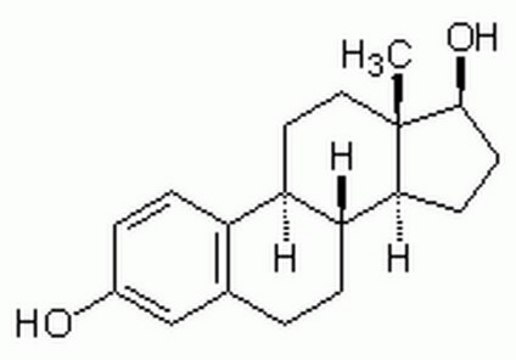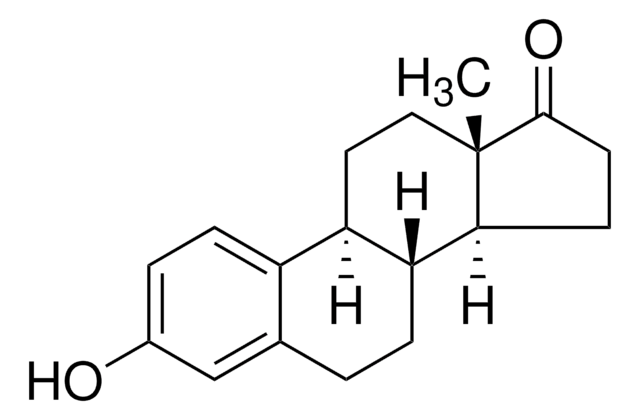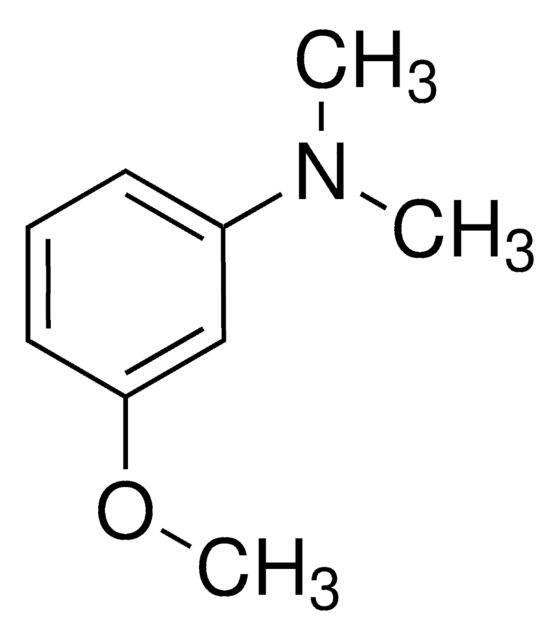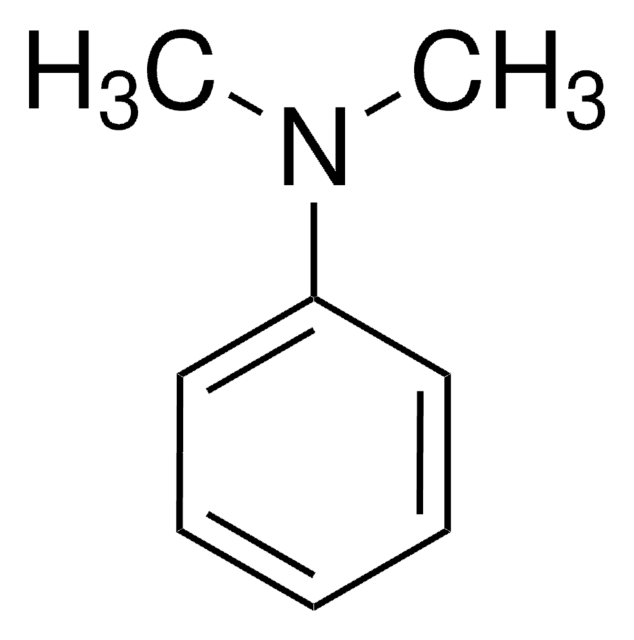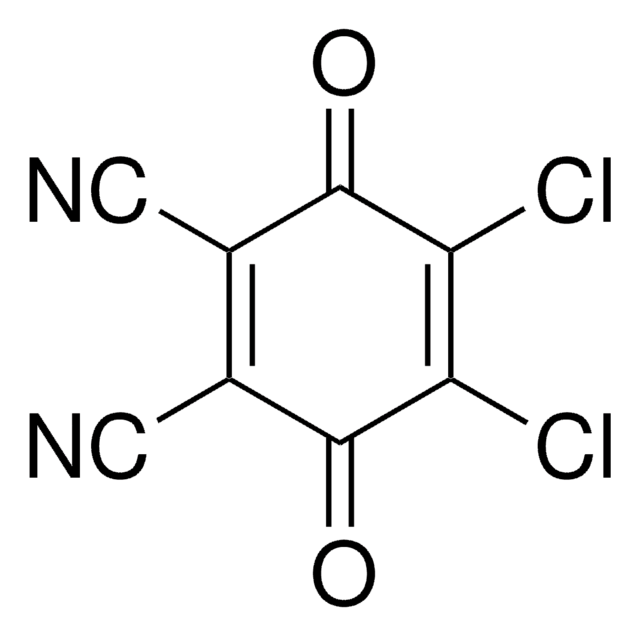E9750
Estrone
≥99% (HPLC), powder, estrogen receptor agonist
Synonym(s):
1,3,5(10)-Estratrien-3-ol-17-one, 3-Hydroxy-1,3,5(10)-estratrien-17-one, Folliculin
About This Item
Recommended Products
Product Name
Estrone, ≥99%
biological source
synthetic (organic)
Quality Level
sterility
non-sterile
Assay
≥99%
form
powder
mp
258-260 °C (lit.)
solubility
dioxane: 50 mg/mL, clear, colorless to very faintly yellow
shipped in
ambient
storage temp.
room temp
SMILES string
C[C@]12CC[C@H]3[C@@H](CCc4cc(O)ccc34)[C@@H]1CCC2=O
InChI
1S/C18H22O2/c1-18-9-8-14-13-5-3-12(19)10-11(13)2-4-15(14)16(18)6-7-17(18)20/h3,5,10,14-16,19H,2,4,6-9H2,1H3/t14-,15-,16+,18+/m1/s1
InChI key
DNXHEGUUPJUMQT-CBZIJGRNSA-N
Gene Information
human ... ESR1(2099) , ESR2(2100) , ESRRA(2101) , ESRRB(2103) , HSD17B1(3292) , SERPINA6(866)
mouse ... Esr1(13982)
rat ... Esr1(24890)
Looking for similar products? Visit Product Comparison Guide
Related Categories
General description
Application
- as medium supplement for hormone based degranulation studies of natural killer cells
- as an endocrine disrupting compound for screening bacterial biosensor in toxic water.
- as medium component for monitoring fatty acid synthase (FASN) activity in breast adenocarcinoma cell lines
Biochem/physiol Actions
Features and Benefits
related product
Signal Word
Danger
Hazard Statements
Precautionary Statements
Hazard Classifications
Carc. 2 - Lact. - Repr. 1A
Storage Class Code
6.1C - Combustible acute toxic Cat.3 / toxic compounds or compounds which causing chronic effects
WGK
WGK 3
Flash Point(F)
Not applicable
Flash Point(C)
Not applicable
Personal Protective Equipment
Regulatory Information
Choose from one of the most recent versions:
Already Own This Product?
Find documentation for the products that you have recently purchased in the Document Library.
Articles
Discover Bioactive Small Molecules for ADME/Tox
Our team of scientists has experience in all areas of research including Life Science, Material Science, Chemical Synthesis, Chromatography, Analytical and many others.
Contact Technical Service